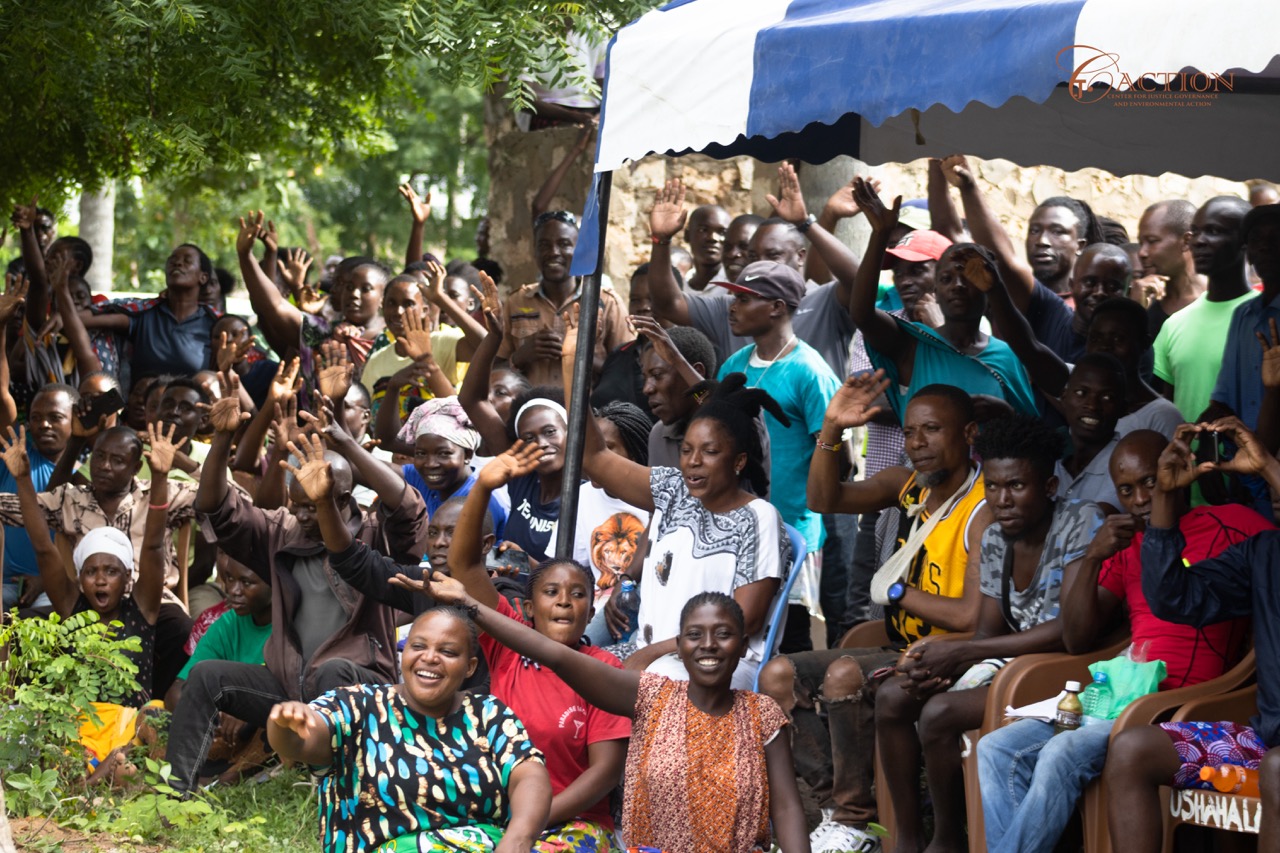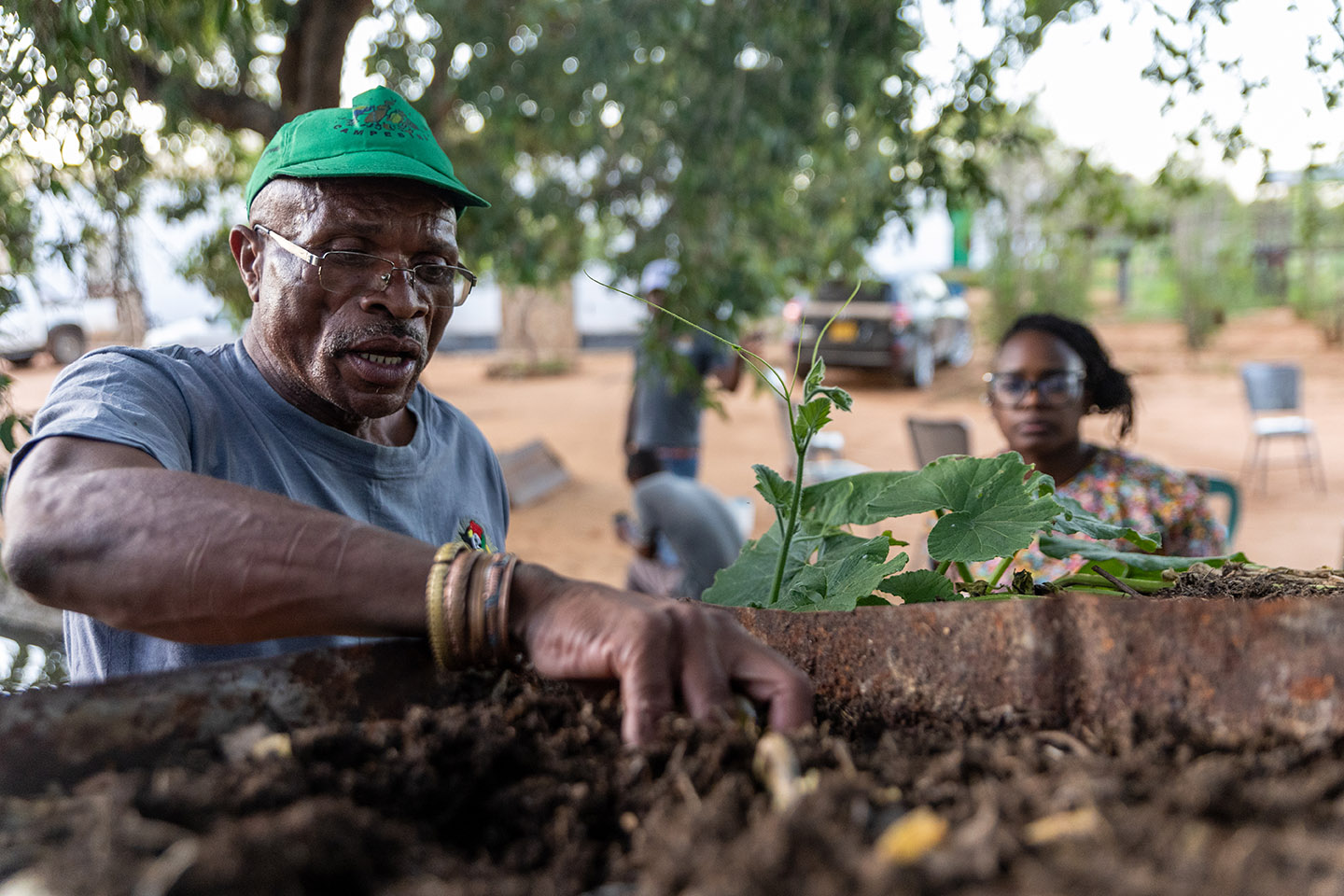“Textiles are the books that the colony was not able to burn”
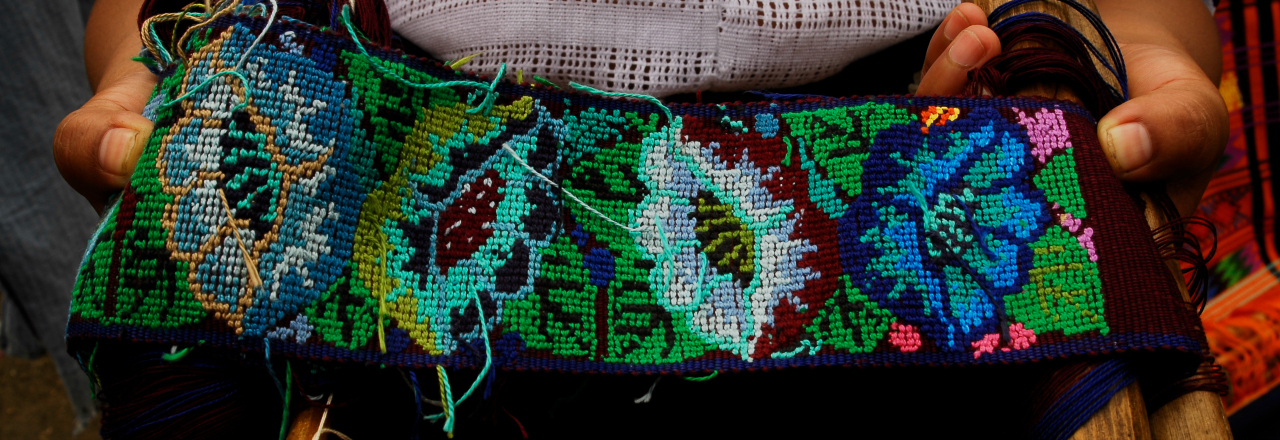
A bill that protects the the collective intellectual property rights of indigenous weavers will soon be debated in Guatemala’s national Congress!
Thousand Currents partner Asociación Femenina para el Desarrollo de Sacatépquez (AFEDES) introduced the bill and has fought hard to advocate for indigenous weavers’ collective rights.
The Congressional Commission on Indigenous People, led by Leocadio Jurán, founder and former General Coordinator of Thousand Currents senior partner CCDA, approved and moved forward Law Initiative 5247 on April 19. If passed by Congress, the bill would collectively recognize and compensate Indigenous Peoples for their weavings.
This is a momentous step for AFEDES and for Indigenous Peoples in Guatemala, and we stand in solidarity with them as the bill heads to Congress.
To learn more about the fight to protect indigenous weavings, we share this statement written collectively by the women of AFEDES in August of last year:
There is an assumption we have been taught in school that we, indigenous people, used to live naked and did not have a soul, and that thanks to colonialism we were placed into towns and given our clothing so that we may be dressed. Many attribute this claim to Severo Martínez Peláez.
How, then, did we protect ourselves from the cold in the Guatemalan Altiplano? Did we not feel cold?
We felt cold because we are human beings. We have creations that date from more than a thousand years B.C. Various studies show the link between the antique designs of archeological and pictographic garments (steles, murals, ciphers, vases) and current symbols contained in the textiles that are still replicated as part of the philosophy and world view of our people.
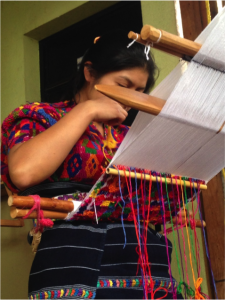 These are links that convey our history, our colors, our relationship with nature, our geometry, and all the science involved in weaving a textile. It is an art and it is a science that has not been recognized until now, and it is worn by us women and by many men that still wear our traditional clothing at a national level.
These are links that convey our history, our colors, our relationship with nature, our geometry, and all the science involved in weaving a textile. It is an art and it is a science that has not been recognized until now, and it is worn by us women and by many men that still wear our traditional clothing at a national level.
The right to maintain them, use them, and continue to replicate them is a historic process of resistance that indigenous peoples have undertaken in a country that is profoundly racist.
Faced with the problems of racism, devaluation, plagiarism, theft, and the appropriation of our creations as indigenous people, we have established a movement of women, indigenous women, weavers, and men to safeguard our ancestral artistic creations. Our movement demands that the government protect collective intellectual property rights over our textiles and Mayan apparel, which are vulnerable to appropriation, commodification, and inappropriate uses that violate our community standards and spiritual values.
We know that our traditional shirts (güipiles) and all the items with which we clothe ourselves, regardless of the indigenous nation that created them, are collectively owned and we must protect this form of authorship.
How much does the government earn annually from tourism? In 2014 INGUAT reported that foreign currency revenue from tourism reached 746.2 million dollars, yet weavers did not receive incentives or support for the protection of our textiles and improvements in the living conditions of our people. Instead, we are seeing how the machines are being patented, how designs are being stolen through unfair competition. Now, others are using designs that resemble our textiles and we are left unprotected despite preserving this ancestral knowledge.
The image that Guatemala presents outside of the country is of a Mayan woman wearing a güipil, yet internally it subjects us, the very women who fabricate and wear these garments, to racist treatment.
We do not oppose the textile market in itself, we oppose unfair competition. Authors and wearers are not being recognized or compensated fairly by those third parties who are appropriating our creations. At the markets we are subjected to haggling that does not appropriately value our textiles, yet when they are delivered to design companies they command high prices in dollars—why is there a difference?
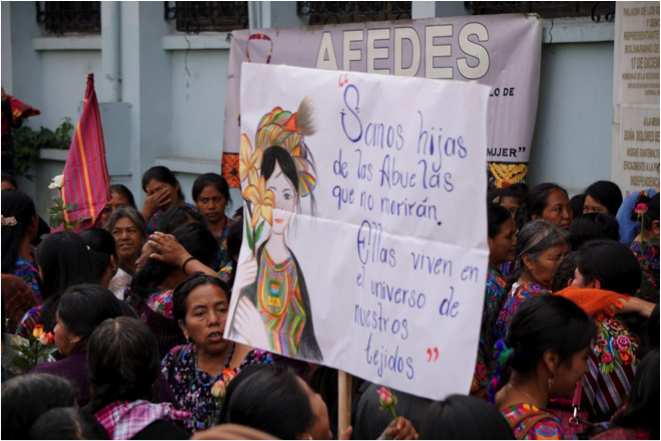
The protection, defense, and control over these creations by the indigenous nations themselves is essential to guarantee their protection to enable and encourage future generations to replicate and use them. We are taking an important step within a long process where there is only one starting point, a challenge for the country to broaden its awareness and realize that our creations are more than just accessories or crafts.
They are a symbol of our history, of the resistance that we have maintained over 500 years, which has naturally evolved, changed, been transformed. Nevertheless, they contain—and are—the essence of the people.
They are the wisdom of men and women, which is translated into what we see.
They are more than colors, more than symbols.
They are evidence of Mayan survival and they speak of our relationship with the universe and our profound love for life.
Learn more about AFEDES here.
Related Stories
